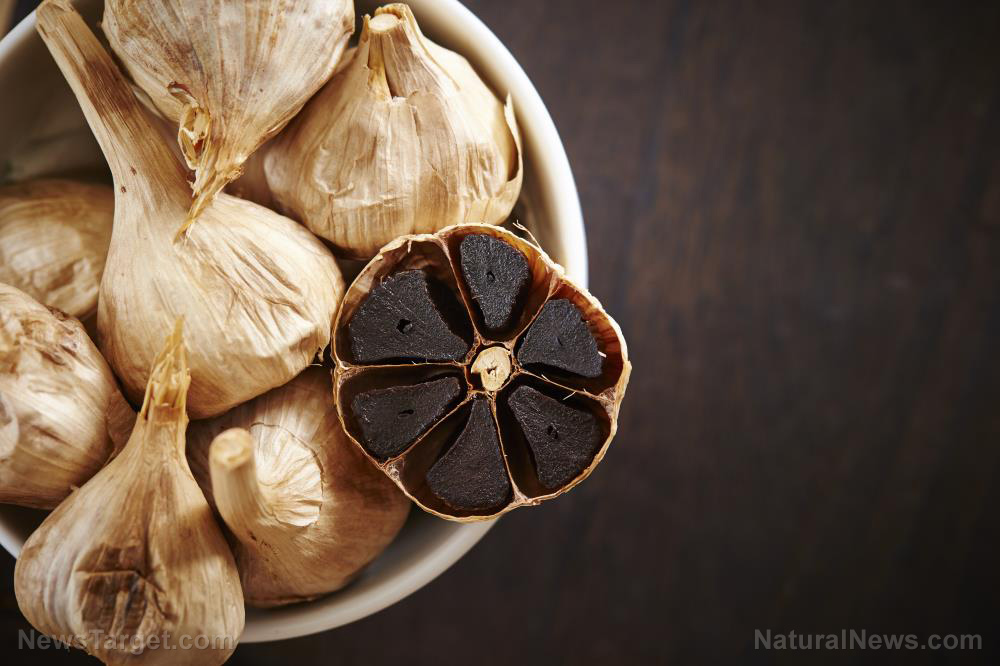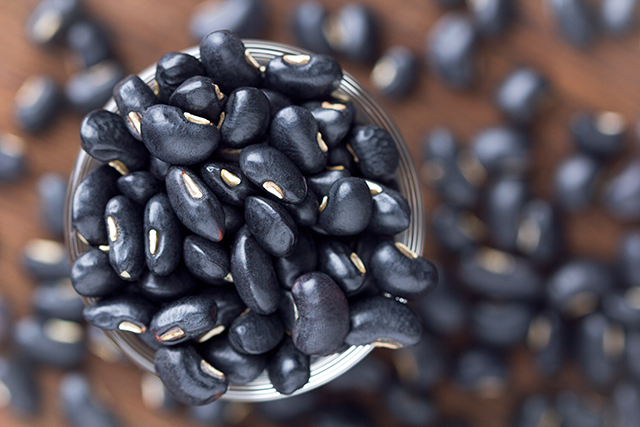
Testing the fatigue-fighting effects of low temperature-aged garlic
The researchers chose to use LTAG because it lacked the pungent odor and spicy flavor of regular garlic, making it easier to use for animal testing. To create the LTAG, the researchers stored garlic in a sealed container, aging at 60 C for 60 days. The resulting LTAG was then peeled and pulverized, before being added to 200 milliliters of 70 percent ethanol (EtOH), which was then subjected to ultrasonic extraction three times. This 70 percent EtOH and LTAG extract was then concentrated under a vacuum at 45 C and then lyophilized to create a dry LTAG residue. After the creation of the LTAG, the researchers then separated mice into six groups. The first group was given a low dose of LTAG extract; the second was fed a high dose of LTAG extract; the third was given a low dose of garlic extract; and the fourth was given a high dose of garlic extract. The fifth and sixth groups consisted of normal mice that were given phosphate-buffered saline (PBS) instead of garlic. One of these control groups was made to exercise while the other group was not. The mice in the five groups were forced to run on a treadmill for four weeks. With each passing week, the amount of exercise the mice would have to do on the treadmills would increase. This was done by increasing both the speed that the mice had to run, and the amount of time they had to spend running. (Related: How to alleviate fatigue with herbal medicine.) After 28 days of treatment, five mice from each group were subjected to a final, exhaustive treadmill test. This test increased the treadmill speed from 15 meters per minute (m/min) to 40 m/min every 3 minutes. During this test, the running time was monitored until each mouse failed to follow the increase in speed on three consecutive occasions and lag occurred. At this point, the mouse's total running time was recorded. The effect of the LTAG on the levels of glucose, lactate dehydrogenase (LDH), free fatty acid (FFA) and lactate in the mice's blood. Following the final exercise, the mice were killed and blood samples were collected from them. In addition, the mice's gastrocnemius muscles were also isolated and frozen in liquid nitrogen for testing.LTAG treated mice demonstrated less fatigue
Following the exhaustive running tests, the researchers found that the mice treated with LTAG extract were able to run for much longer than the control mice. Meanwhile, looking at the blood tests, they noted that the mice treated with LTAG extract exhibited lower levels of glucose, LDH, FFA and lactate. More importantly, the LTAG treated mice had increased amounts of glycogen and creatine kinase (CK) in their muscles. Glycogen storage is an important source of energy during exercise. It serves a central role in maintaining the body's glucose homeostasis by supplementing blood glucose. Because of this, glycogen is seen as an accurate marker for fatigue, with increased glycogel levels closely associated with improved endurance and anti-fatigue effects. CK, on the other hand, is known to be an accurate indicator of muscle damage. During muscle degeneration, muscle cells are dissolved and their contents enter the bloodstream. As a result, when muscle damage occurs, muscle CK comes out into the blood. As such, fatigue tends to lead to lower muscle CK levels and higher blood CK levels. Higher levels of glycogen and muscle CK in the LTAG treated mice indicated that they experienced less fatigue than the other groups. Based on these findings, the researchers believe that LTAG has potential for use as an anti-fatigue agent. Follow MensFitnessFocus.com for more studies on endurance, physical fitness and beating fatigue. Sources include: Science.news LiebertPub.com Journals.Physiology.org EuropePMC.orgTop 7 ways to snap out of depression and isolation turmoil stemming from the pandemic
By S.D. Wells // Share
Food storage tips: Stock up on foods in gallon buckets
By Zoey Sky // Share
How zinc can boost your immune health
By News Editors // Share
Australian mandatory mask propagandists EXPOSED in major medical journal
By Lance D Johnson // Share
An invisible assault: How everyday heavy metals sabotage brain health
By willowt // Share
Pentagon warns of China's rapidly expanding nuclear arsenal
By kevinhughes // Share
FCC grounds new Chinese drones in sweeping security move
By avagrace // Share
The methylation switch: Scientists identify diet that can turn back the cellular clock
By jacobthomas // Share
Renaissance or Ruin: A wake-up call for cultural revival and self-sufficiency
By kevinhughes // Share
Weight loss in midlife may trigger brain inflammation, study finds
By avagrace // Share











